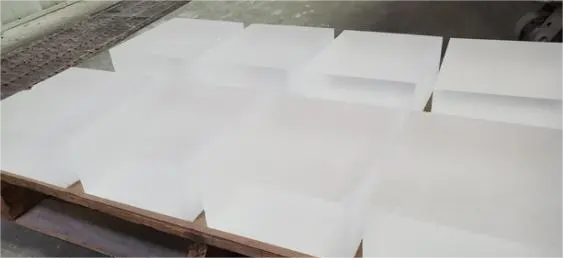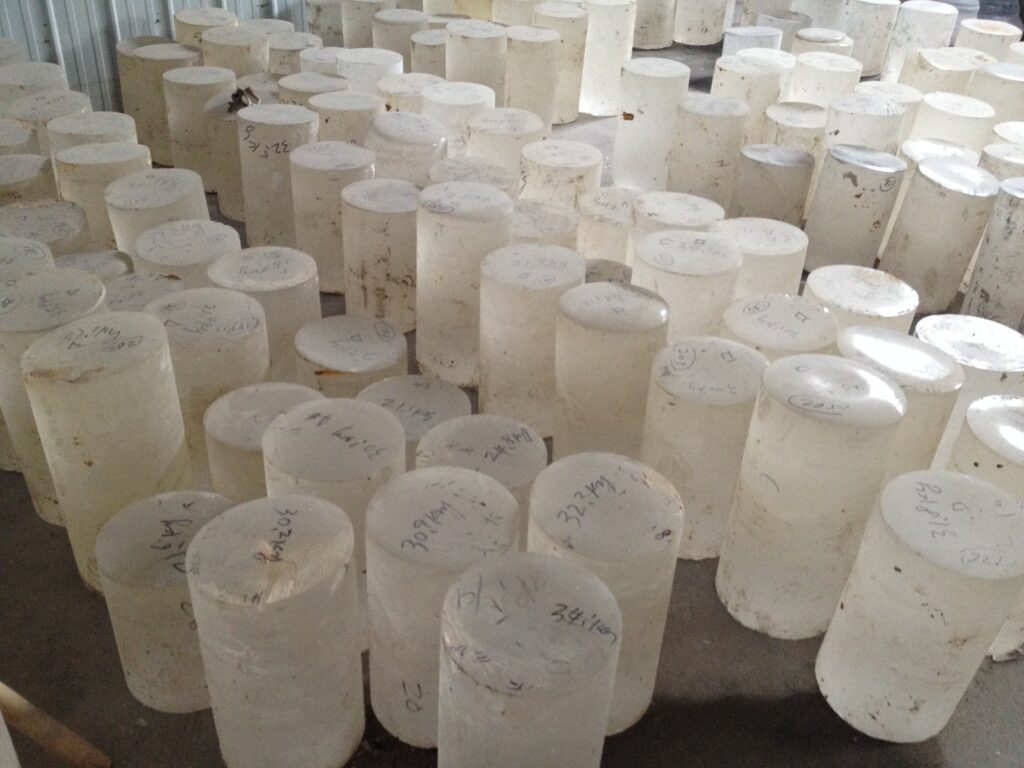What is fused quartz?
Fused quartz is the processing form of silicon dioxide, with an amorphous structure. Also known as synthetic fused silica, this material can be made in the following ways:
The use of gas or electric heat to melt silica particles into a single form, or the use of chemicals to synthesize glass, both of these processes can create a viscous cross-linked 3D structure, which has excellent optical properties, thermal shock resistance and low thermal expansion coefficient, which means that it will not significantly expand with the increase of temperature.
Characteristics of fused quartz
Fused quartz has many beneficial properties, making it an ideal material for optical products, high-tech products and glass manufacturing for various other applications. These include:
Chemical properties: fused quartz produces a chemically inert glass, which is considered to have a high level of chemical purity. This means that it can be exposed to several different types of chemicals used in commercial, industrial and laboratory environments without degradation or damage. Although both potassium hydroxide and hydrofluoric acid can damage it, it is compatible with most other chemicals.
Electrical properties: fused silica glass is electrically insulated. Its resistance varies with temperature, ranging from 1018 Ω * cm (20 ° C) to 1010 Ω * cm (400 ° C). It also has good dielectric properties and high frequency performance, low dielectric constant and low dielectric loss. Due to the large silicon oxygen bond gap in the material structure, only the ionic impurities in the material can be charged and conductive, making it extremely resistant.
Mechanical properties: One of the most unique and favorable properties of fused quartz is its elasticity. Manufacturers can manufacture flexible MEMS components, otherwise they will face breakage or wear during movement. Although standard glass cannot be used to produce flexible micro devices because of the risk of cracks in the finishing stage, fused silica has higher elasticity and resistance to microcracks. The strength and compression resistance of fused quartz are also incredible. Tensile damage is more likely than compressive damage.
Optical characteristics: fused silica is a highly transparent material, which can be used for applications from ultraviolet to infrared light, covering the entire visible spectrum and extending far beyond its range. Manufacturers can also customize the transfer of parts by modifying the technology and purity levels used in the production process. Pollutants such as aluminum, iron, and sodium change light absorption.
Thermal performance Fused silica has a low and very consistent coefficient of thermal expansion, making it an excellent material choice for components that need to be stable over a wide range of temperatures. This characteristic and its excellent dimensional stability enable it to withstand thermal shock and any associated damage.
Application of fused quartz
Due to its superior characteristics, fused silica can be used in various precision manufacturing for commercial, industrial and laboratory applications. Some of the most common applications include:
Chemical and medical precision glass: fused silica components can withstand exposure to chemicals and drug formulations because they are chemically pure and resistant to chemical and thermal damage.
Electronics/Electronics: Fused quartz can be used to make insulating parts because they are non-conductive, provide high penetration field strength, and ensure low electrical losses.
High temperature operation: Due to the low coefficient of thermal expansion of fused silica, it can be used to manufacture components for high temperature applications.
Light and laser technology: fused silica components can be used for laser separation of light.
Optical system components: manufacturers can produce transmission optical components, mirrors, metering components and lenses for optical systems.
Semiconductor: Due to its purity, fused silica is usually used for semiconductor components.
Ultraviolet health: fused quartz is resistant to high temperature and radiation. Ultraviolet quartz glass can be used to manufacture ultraviolet health equipment. It also allows UVC light to pass through, thus contributing to disinfection.
Cutting of fused quartz
https://www.youtube.com/watch?v=zoS5XGlmYH8



